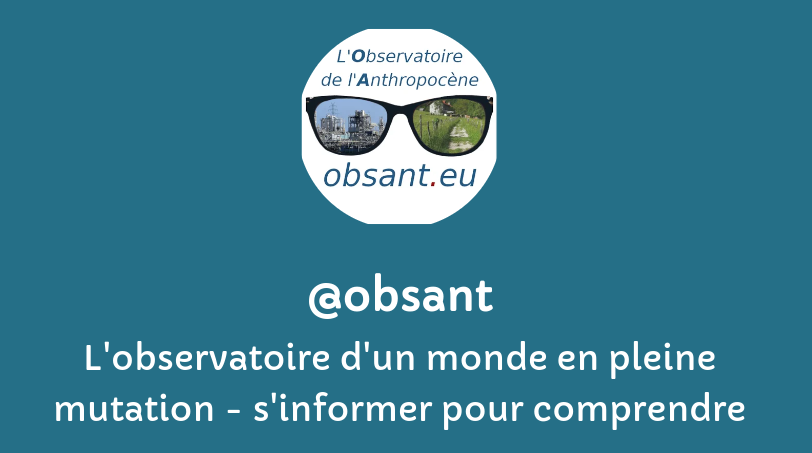Les champs auteur(e)s & mots-clés sont cliquables. Pour revenir à la page, utilisez le bouton refresh ci-dessous.
filtre:
toxic
Nonylphenol is a toxic xenobiotic compound classified as an endocrine disrupter capable of interfering with the hormonal system of numerous organisms. It originates principally from the degradation of nonylphenol ethoxylates which are widely used as industrial surfactants. Nonylphenol ethoxylates reach sewage treatment works in substantial quantities where they biodegrade into several by-products including nonylphenol. Due to its physical–chemical characteristics, such as low solubility and high hydrophobicity, nonylphenol accumulates in environmental compartments that are characterised by high organic content, typically sewage sludge and river sediments, where it persists.
A chemical that takes thousands of years to break down is found in England's freshwater fish at 1,000 times above safe levels – and could end up on our dinner tables
Toxic pollution from wildfires has infiltrated the homes of more than a billion people a year over the last two decades, according to new research. The climate crisis is driving up the risk of wildfires by increasing heatwaves and droughts, making the issue of wildfire smoke a “pressing global issue”, scientists said.
A microplastics and toxic chemicals expert says her family doesn't wear shoes at home. Microplastics from car tires and garbage, as well as street runoff, can be tracked indoors on shoes. The researcher thinks her kids' Japanese heritage helped them adopt the habit.
EN
Study Finds Synergistic Convergence of Global Warming, Pesticide Toxicity, and Antibiotic Resistance
(01/05) - Beyond PesticidesSpringtails illustrate in new research how global warning and antibiotic resistance creates synergistic effects: warming increases pesticide toxicity, triggering antibiotic resistance which spreads through horizontal gene transfer and predation.
Metals and metalloids are ubiquitous in soils, originating from bedrock and from human activities and infrastructure. These compounds can be toxic to humans and other organisms, and their soil distribution and concentrations at global scale are not well known. Hou et al. analyzed data from more than 1000 regional studies to identify areas of metal toxicity and explore drivers of these trends. They estimate that 14 to 17% of cropland exceeds agricultural thresholds for at least one toxic metal.
Microplastics have been found for the first time in human ovary follicular fluid, raising a new round of questions about the ubiquitous and toxic substances’ potential impact on women’s fertility. The new peer-reviewed research published in Ecotoxicology and Environmental Safety checked for microplastics in the follicular fluid of 18 women undergoing assisted reproductive treatment at a fertility clinic in Salerno, Italy, and detected them in 14.
Major mapping project reveals PFAS have been found at high levels at thousands of sites across Europe. EURACTIV's media partner, The Guardian, reports. Pollutants known as “forever chemicals”, which don’t break down in the environment, build up in the body and may be toxic, have been found at high levels at thousands of sites across the UK and Europe, a major mapping project has revealed.
The multibillion-dollar chemicals company 3M told customers its firefighting foams were harmless and biodegradable when it knew they contained toxic substances so persistent they are now known as “forever chemicals” and banned in many countries including the UK, newly uncovered documents show.
The fate, effects, and treatment of per- and polyfluoroalkyl substances (PFAS), an anthropogenic class of chemicals used in industrial and commercial production, are topics of great interest in recent research and news cycles. This interest stems from the ubiquity of PFAS in the global environment as well as their significant toxicological effects in humans and wildlife. Research on toxicity, sequestration, removal, and degradation of PFAS has grown rapidly, leading to a flood of valuable knowledge that can get swamped out in the perpetual rise in the number of publications. Selected papers from the Journal of Hazardous Materials between January 2018 and May 2022 on the toxicity, sequestration, and degradation of PFAS are reviewed in this article and made available as open-access publications for one year, in order to facilitate the distribution of critical knowledge surrounding PFAS. This review discusses routes of toxicity as observed in mammalian and cellular models, and the observed human health effects i
Guardian investigation finds 98% of Europeans breathing highly damaging polluted air linked to 400,000 deaths a year
Recent leaks from oil sands tailings ponds have contaminated water, sowing mistrust among local First Nations people
Research finds waste flushed down toilets and sent to sewage plants probably responsible for significant source of water pollution
A report released Wednesday warns that rising lake levels, strong wind gusts and high waves are inching closer to flooding hazardous spots in northern Illinois, including coal, nuclear and Superfund sites.
EN
42,000 Sources of Toxic PFAS ‘Forever Chemicals’ Polluting U.S. Surface, Drinking Water, Study Shows
(19/10) - Children\'s Health DefenseA new study by Environmental Working Group scientists found almost 42,000 potential sources of toxic “forever chemicals” known as PFAS could be polluting surface water or drinking water in communities across the U.S. The scientists called for more testing and stricter PFAS regulations.
Plants should be flourishing in these ocean waters with plenty of nutrients and inorganic carbon in the form carbonic acid. It could be possible the phytoplankton are missing key nutrients such as ferric, but why should this be happening now?
Many of the world’s plastic containers and bottles are contaminated with toxic PFAS, and new data suggests that it’s probably leaching into food, drinks, personal care products, pharmaceuticals, cleaning products and other items at potentially high levels.
![]()



